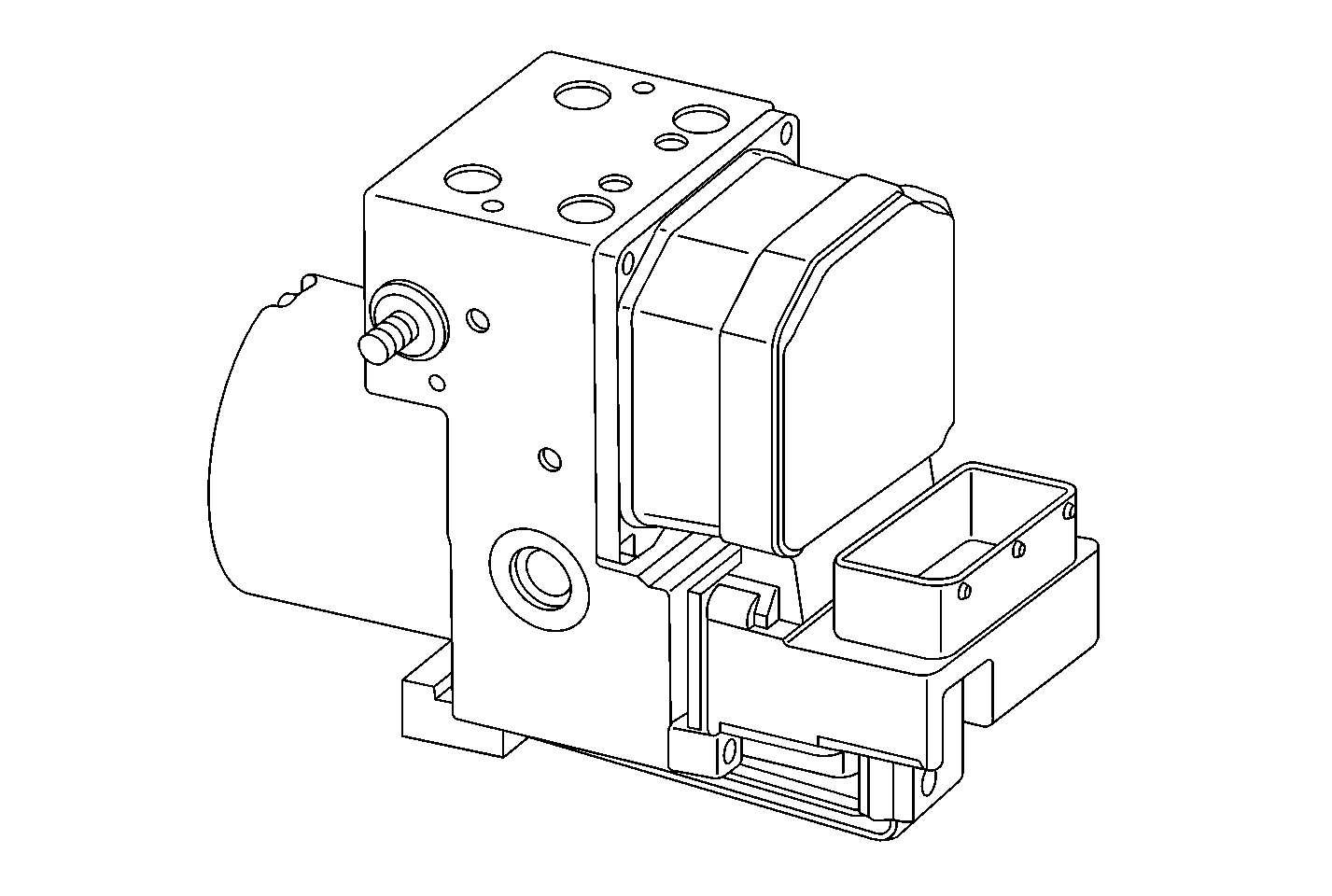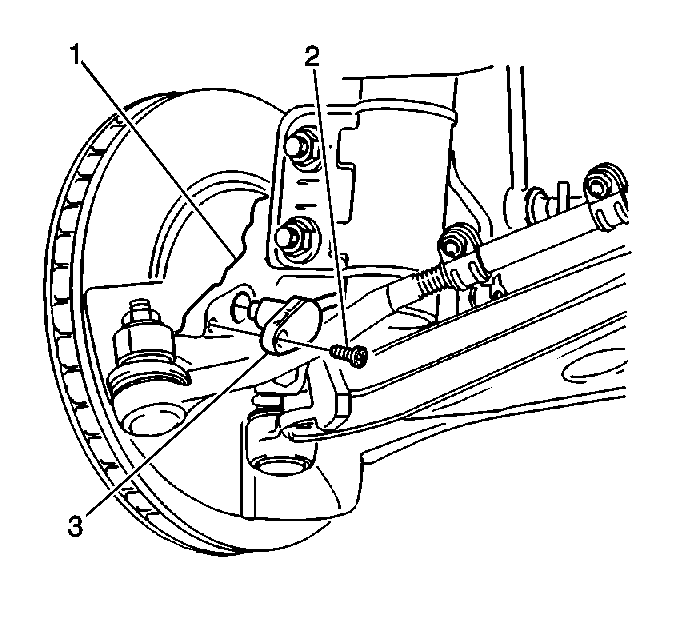Brake Pressure Modulator Valve (BPMV)

The Brake Pressure Modulator Valve (BPMV), mounted on the left side of the engine compartment, provides brake fluid modulation for each of the individual wheel circuits as required during Antilock braking. During the Antilock mode, the BPMV can maintain or reduce brake fluid pressure independent of the pressure generated in the master cylinder. The BPMV does not provide more pressure than is applied by the master cylinder during braking.
With the exception of the EBTCM, the Brake Pressure Modulator Valve (BPMV) is an integral, non-serviceable component. The BPMV should never be disassembled.
The BPMV uses a four circuit configuration with a diagonal split. Individual circuits are provided for the left front and right rear wheels, and left rear and right front wheels. The diagonal circuits are hydraulically isolated so that a leak or malfunction in one circuit will allow continued braking ability on the other.
The BPMV consists of several other components which are described as follows:
Pump Motor
The BPMV contains a motor driven recirculation pump. The pump serves two purposes: 1) During ABS pressure decrease events, it transfers fluid from the brake calipers back to the master cylinder; and 2) During traction control, it transfers fluid from the master cylinder to the rear brake calipers. The pump and motor are located within the BPMV and are not serviced separately.
ABS Valves
The ABS valves decrease or maintain brake fluid pressure at the individual wheel circuits. There are four inlet and four outlet solenoid valves. The solenoid valves maintain, increase, or decrease brake fluid pressure to the individual wheel circuits. The EBTCM commands the valves to their correct position during an antilock or traction event. During antilock mode, the pressure in each hydraulic circuit can be held or released by activating the appropriate valves. The normal state of the inlet valves is open, while the normal state of the outlet valves is closed. This allows direct master cylinder pressure to the brakes during normal braking. The ABS valves are located within the BPMV and are not serviced separately.
TCS Master Cylinder Isolation Valves
There are two TCS Master Cylinder Isolation Valves within the BPMV. These valves isolates the master cylinder so the pump motor can build brake fluid pressure for the rear brakes during a traction event.
TCS Prime Valves
There are two TCS Prime Valves within the BPMV. These valves allow the pump to draw fluid from the master cylinder reservoir, through the compensating ports in the master cylinder bore.
Electronic Brake And Traction Control Module
The EBTCM performs the following primary functions:
| • | Detects wheel slip tendencies |
| • | Detects wheel speed differences |
| • | Controls the brake system while in the antilock or traction control mode |
| • | Monitors the system for proper electrical operation |
The EBTCM also controls the display of the ABS and traction control DTCs while in diagnostic mode. The EBTCM continuously checks the speed of each wheel in order to determine if any wheel is beginning to slip. If a wheel slip tendency is detected, the EBTCM commands the appropriate valve positions to modulate the brake fluid pressure in some or all of the hydraulic circuits. This action prevents wheel slip and provides optimum braking. The EBTCM continues to control pressure in the individual hydraulic circuits until a slipping tendency is no longer present. The EBTCM continuously monitors the ABS/TCS for proper operation. If an error is detected, the EBTCM can disable the ABS/TCS and turn on the ABS or TC indicators in the instrument panel.
Pump Motor Relay and Solenoid Valve Relay
The pump motor relay provides power to the pump motor during antilock braking and traction control. The solenoid valve relay provides power to the solenoid valves in the BPMV. Both of these relays are an integral part of the EBTCM and cannot be serviced separately.
Wheel Speed Sensors
Front Wheel Speed Sensor

